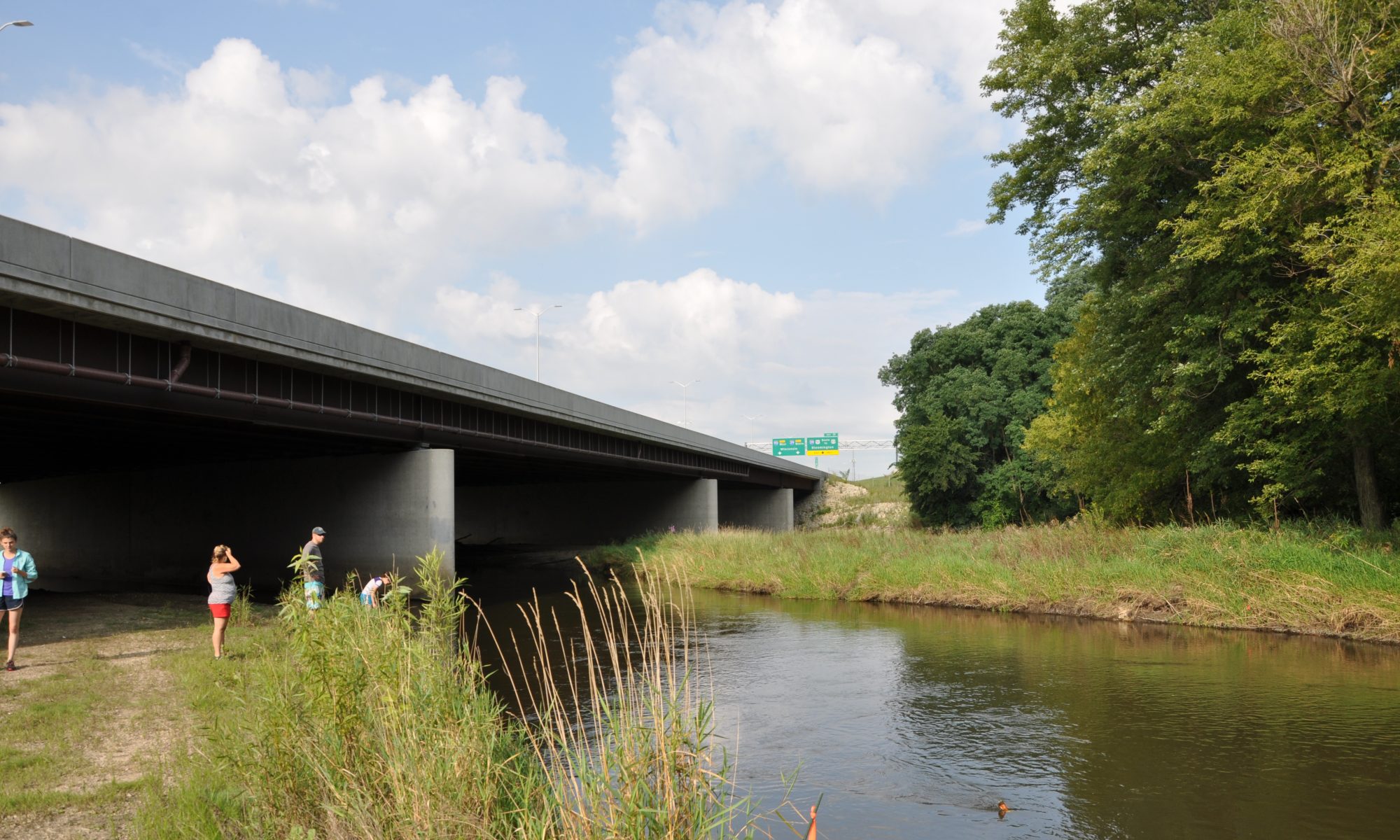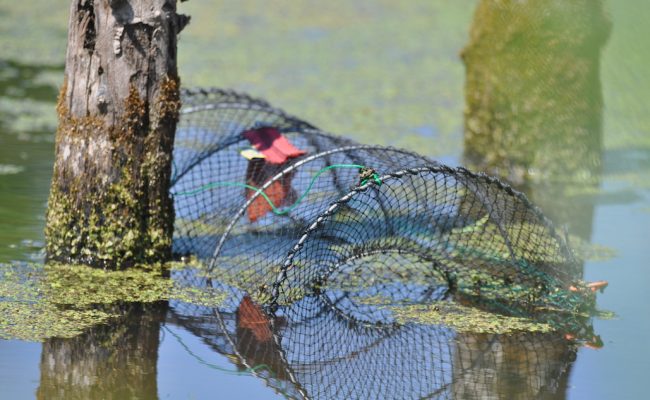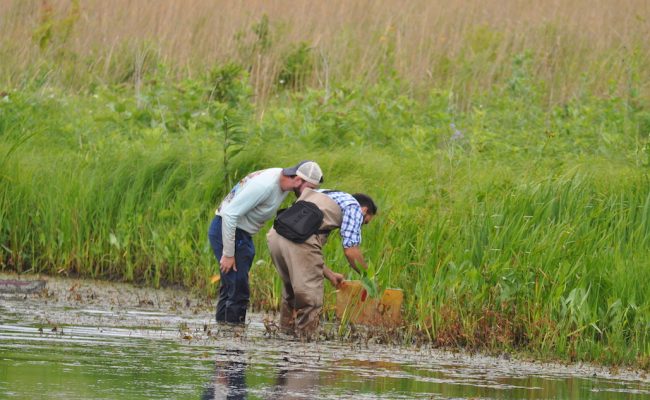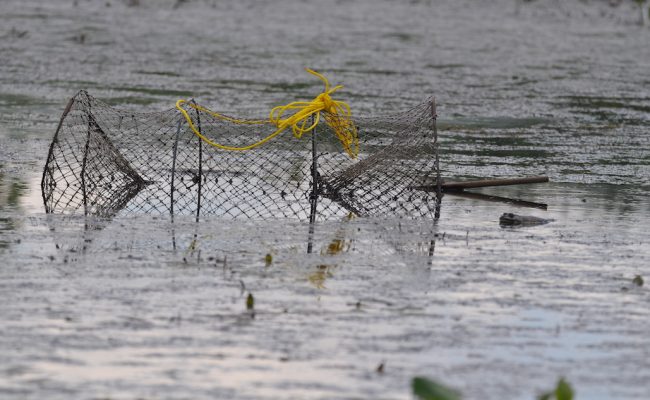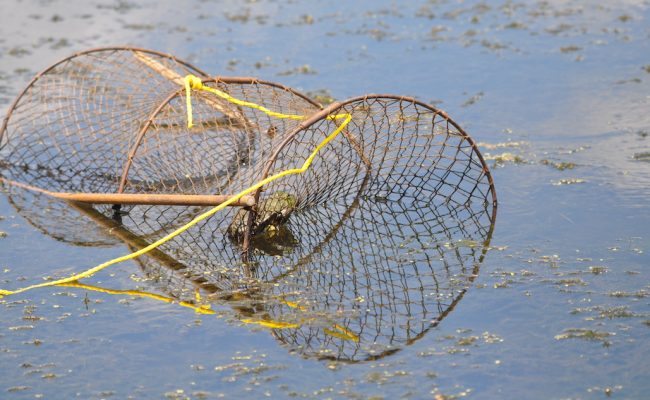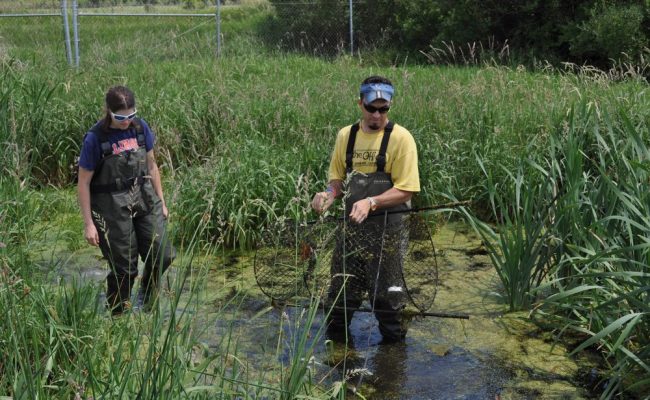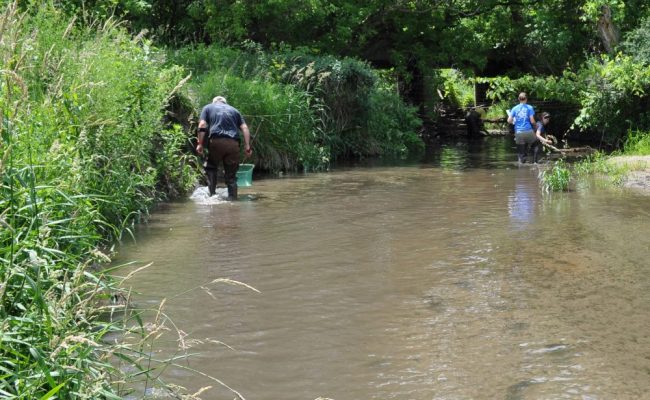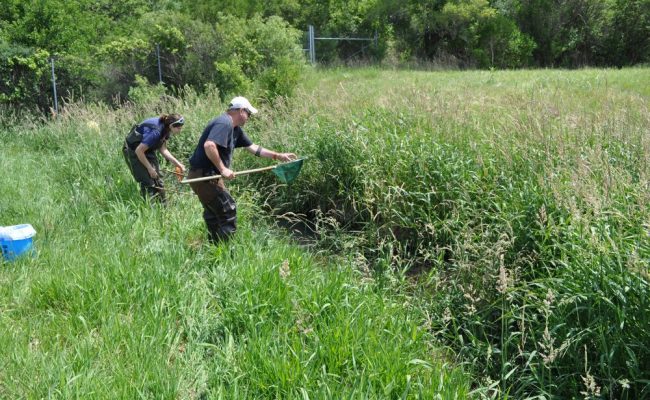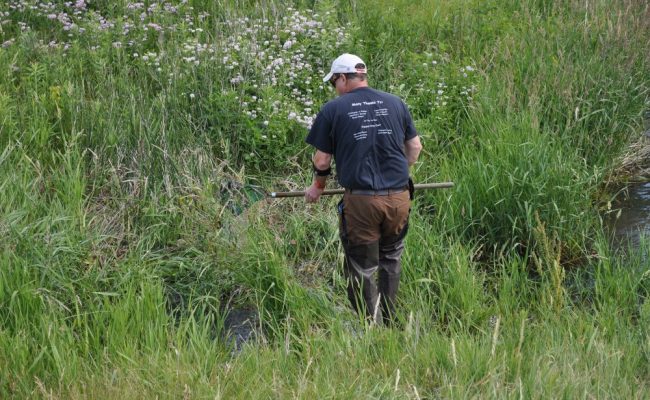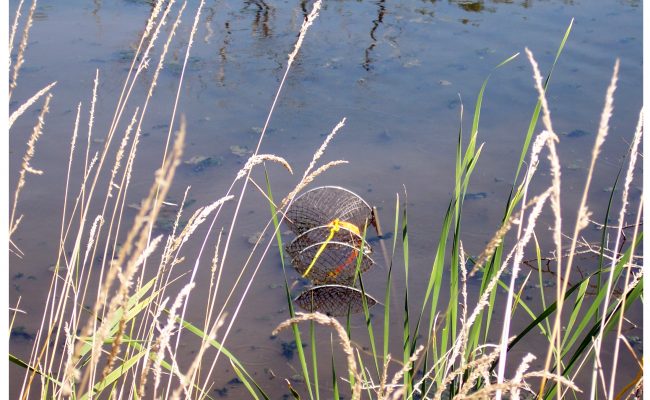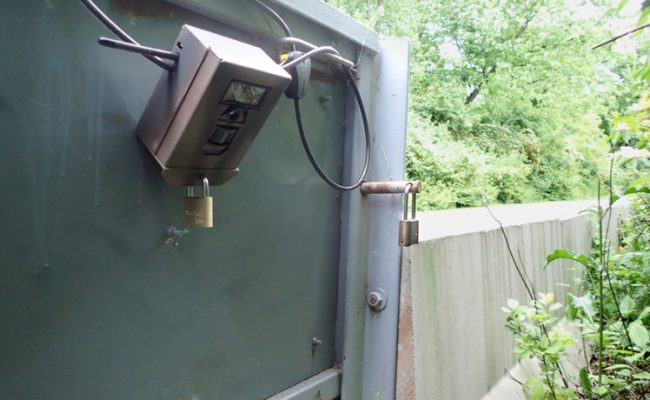In Illinois, 25 species of reptile and 15 species of amphibian are listed as Species in Greatest Conservation Need (SGCN).
Within the Tollway region, there are records for one federally threatened reptile, the Eastern Massasauga. There are three additional state listed species: Blanding’s Turtle, Kirtland’s Snake, and Spotted Turtle.
In addition to construction related assessments within the Tollway region, we are involved in a variety of herpetological conservation projects:
Highlights from our work:
- Head-starting and releasing turtles is costly and will not mitigate population declines on their own in the I-355 corridor, as adult mortality is too high. Less costly alternatives include protecting nests, controlling predators, and releasing hatchlings.
Publications:
Banning-Anthonysamy, W. J., M. J. Dreslik, and C. A. Phillips. 2013. Disruptive influences of drought on the activity of a freshwater turtle. American Midland Naturalist. 169:332–335.
Banning-Anthonysamy, W. J., M. J. Dreslik, M. R. Douglas, N. K. Marioni, and C. A. Phillips. 2014. Reproductive ecology of an endangered turtle in a fragmented landscape. Copeia. 2014:437–446.
Banning-Anthonysamy, W. J., M. J. Dreslik, D. Mauger, and C. A. Phillips. 2014. A Preliminary Assessment of Habitat Partitioning in a Freshwater Turtle Community at an Isolated Preserve. Copeia. 2014:269–278.
Anthonysamy, W. J. B., M. J. Dreslik, M. R. Douglas, D. Thompson, G. M. Klut, A. R. Kuhns, D. Mauger, D. Kirk, G. A. Glowacki, M. E. Douglas, and C. A. Phillips. 2017. Population genetic evaluations within a co-distributed taxonomic group: a multi-species approach to conservation planning. Animal Conservation. doi:10.1111/acv.12365.
Feng, C.Y., D. Mauger, J.P. Ross, and M.J. Dreslik. 2019. Size and structure of two populations of Spotted Turtle (Clemmys guttata) at the species’ western range limit. Herpetological Conservation and Biology 14(3):648–658.
Feng, C.Y., J.P. Ross, D. Mauger, and M.J. Dreslik. 2019. A long-term demographic analysis of Spotted Turtles (Clemmys guttata) in Illinois using matrix models. Diversity 11(12):226. doi:10.3390/d11120226.
